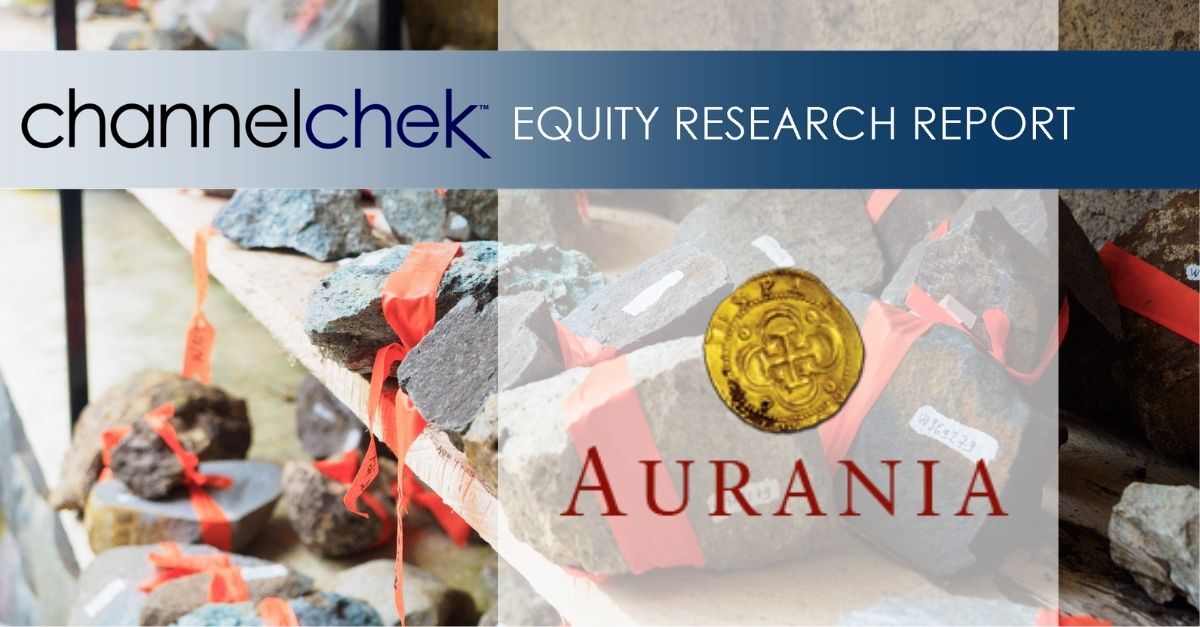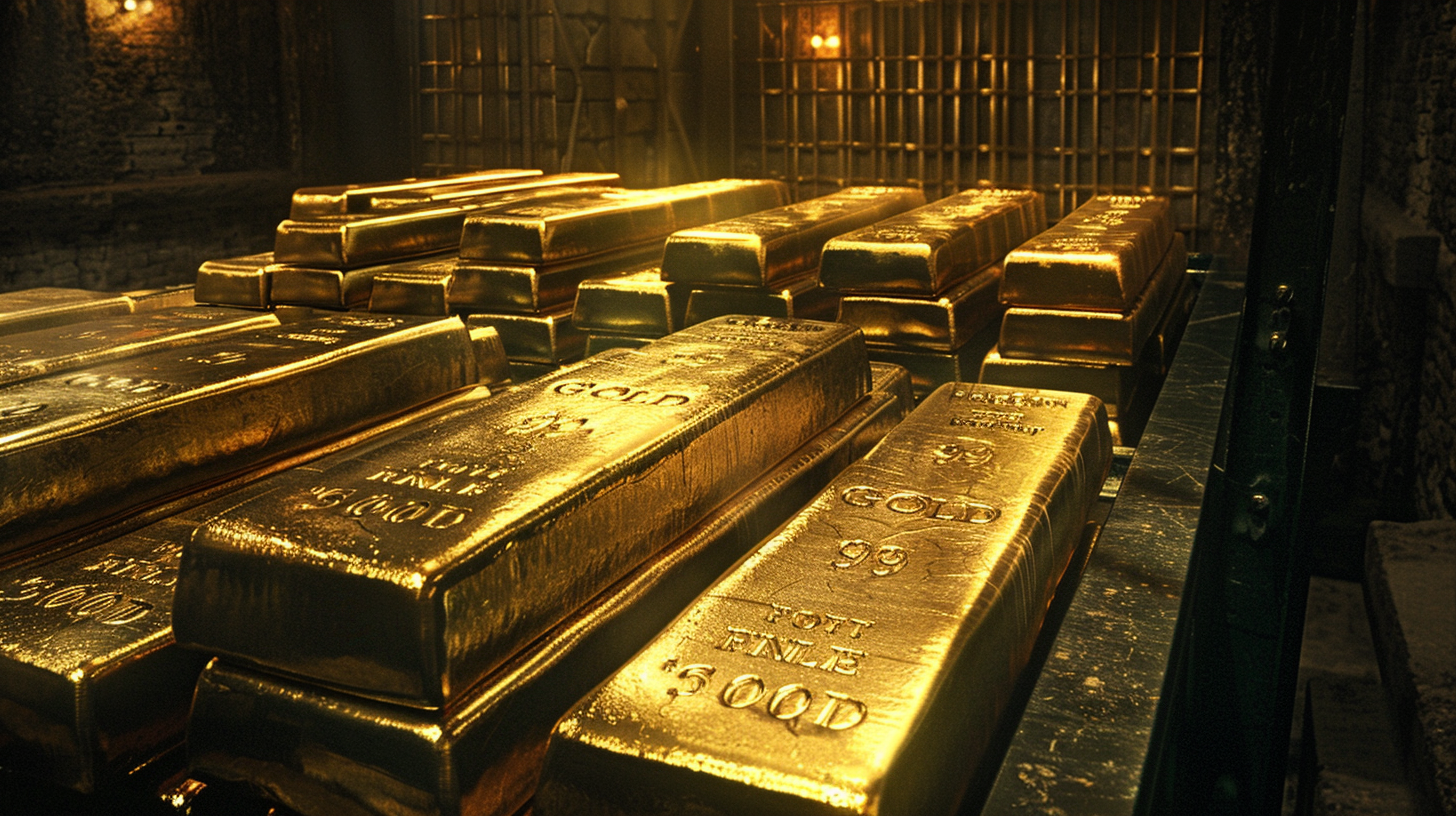
Monday, June 30, 2025
Mark Reichman, Managing Director, Equity Research Analyst, Natural Resources, Noble Capital Markets, Inc.
Refer to the full report for the price target, fundamental analysis, and rating.
Application of two-dimensional inversion technology. Aurania Resources announced that six highly conductive anomalies have been revealed at the company’s Awacha porphyry copper target based on reprocessed data from a 2021 mobile magnetotellurics (MobileMT) survey using the latest two-dimensional (2D) inversion technology. Compared to the previously employed 1D algorithm, the 2.5D code accounts for the actual topography of the area, resulting in more accurate mapping of subsurface conductivity.
Six promising anomalies at Awacha. New inversion data has confirmed the presence of six high-conductivity anomalies that begin 250 meters from the surface and exhibit deep roots. The anomalies are of significant interest because zones of elevated conductivity often correlate with porphyry copper deposits due to the presence of conductive sulphide minerals and porphyry-related alteration.
Get the Full Report
Equity Research is available at no cost to Registered users of Channelchek. Not a Member? Click ‘Join’ to join the Channelchek Community. There is no cost to register, and we never collect credit card information.
This Company Sponsored Research is provided by Noble Capital Markets, Inc., a FINRA and S.E.C. registered broker-dealer (B/D).
*Analyst certification and important disclosures included in the full report. NOTE: investment decisions should not be based upon the content of this research summary. Proper due diligence is required before making any investment decision.










